Ceramic Serving Plate
Whether it’s a piece of jewelry or your grandmother’s antique tea set, an object deemed “real” silver might not in fact be 100 percent silver. Although nearly pure silver exists — about 99.9 percent is possible — pure silver is significantly less useful on its own than when it is mixed with another metal. The closer to pure silver gets, the softer it gets too. In fact, you could easily bend 99.9 percent pure silver with your hands.
Because malleability is usually not what consumers are looking for in a fork or a necklace, metalsmiths have been creating silver alloys for centuries, instead. The formula that has been the standard for real silver for more than half a millennium, at least according to Britain, is what has become known as sterling silver.
Sterling silver is a mixture of 92.5 percent silver and 7.5 percent another metal — typically copper — according to Steve Nelson, owner, Nelson & Nelson Antiques in Manhattan. The addition of the copper hardens soft silver, so it can be both thin and durable. Zinc and nickel may also be used to make sterling silver. And while it may seem that adding one of these could diminish silver’s shine, sterling silver is known for its bright, white-gray look.
“The color of sterling is very good,” Nelson says. “Older pieces are going to have a patina on them. It develops over time [into] a softer color.” The patina is actually a lot of micro-scratches, but to the naked eye, they display as a softer appearance. Thanks to the addition of copper or another metal, silver can last indefinitely.

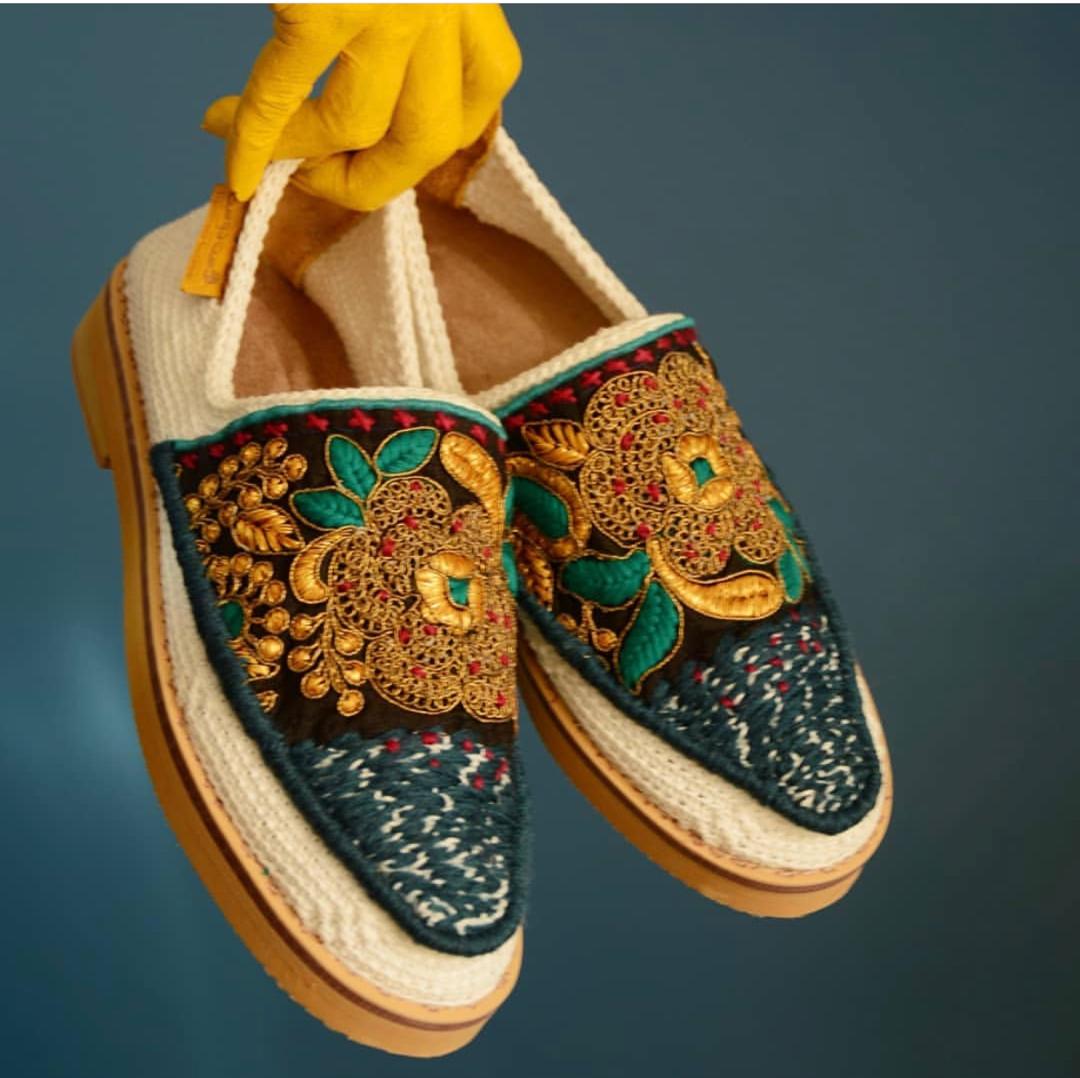
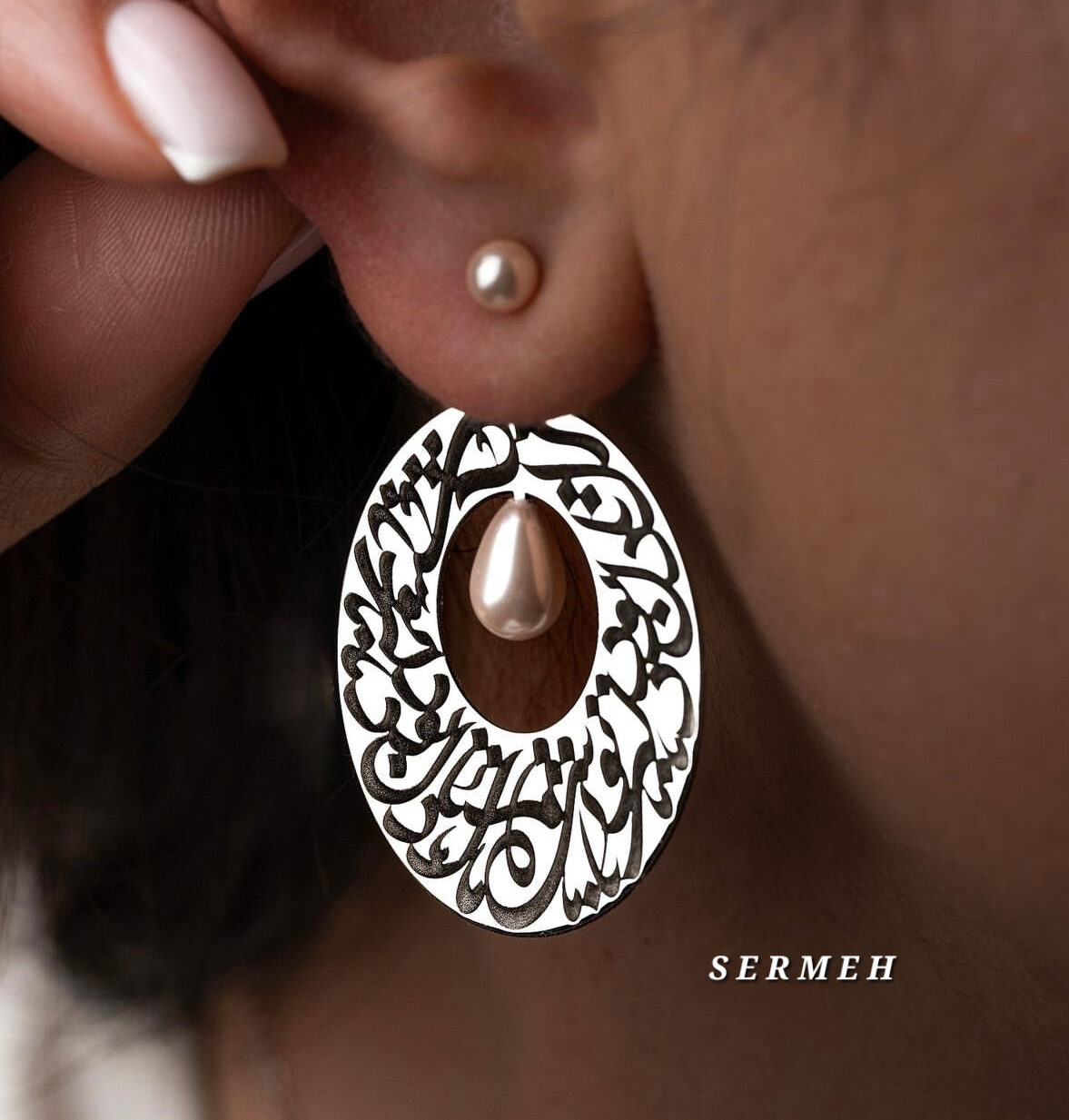


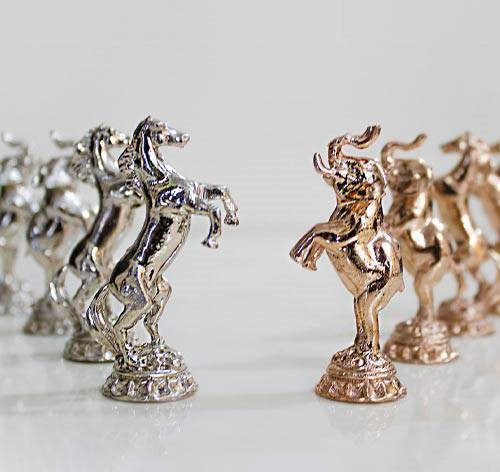
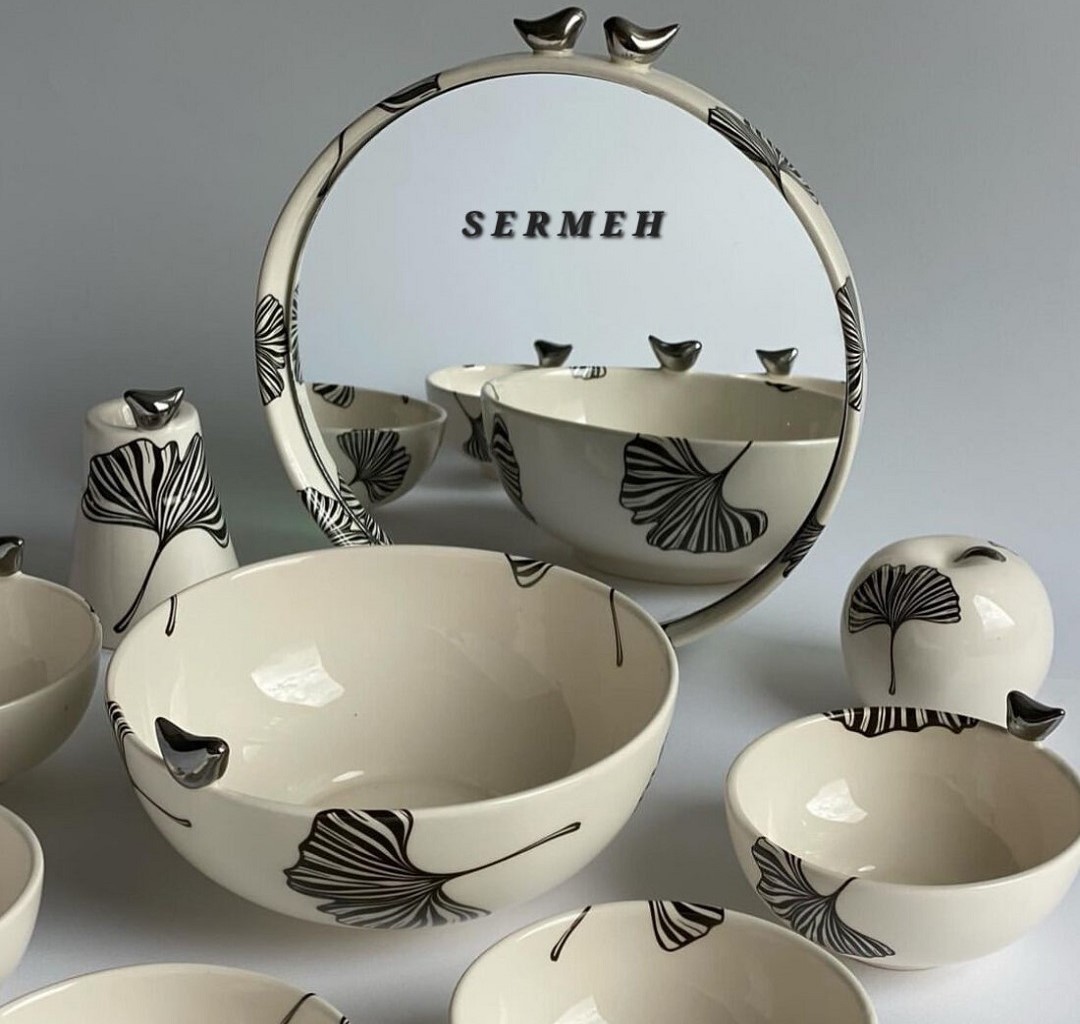
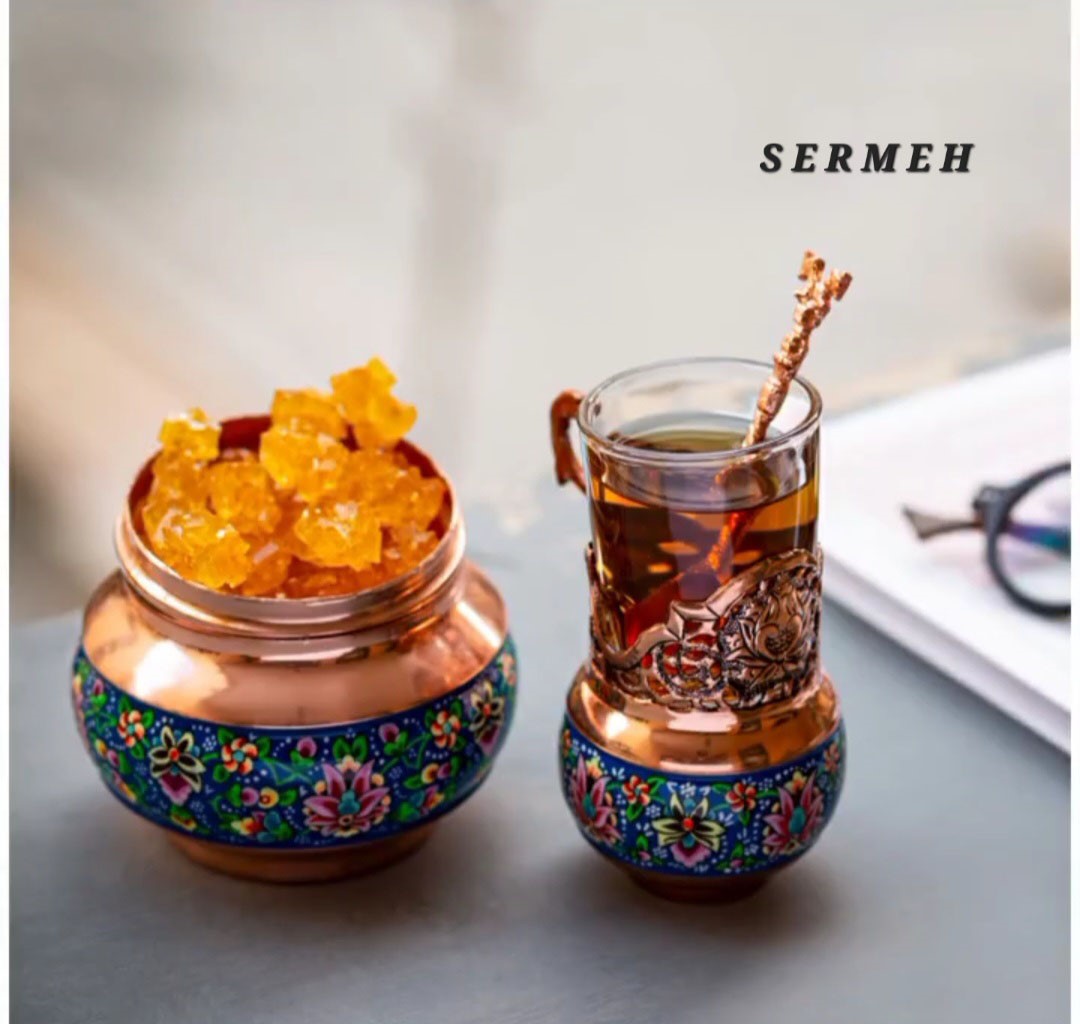
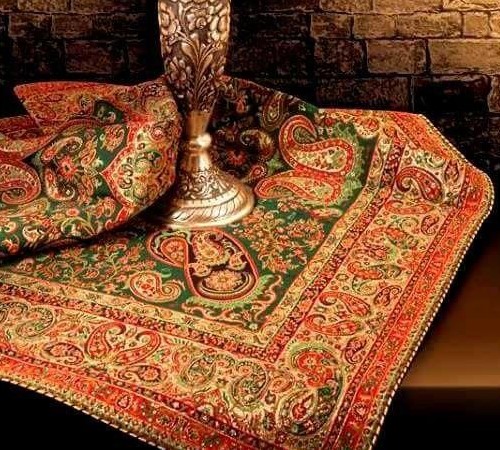
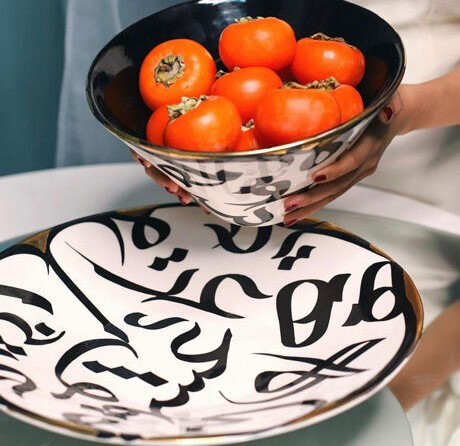

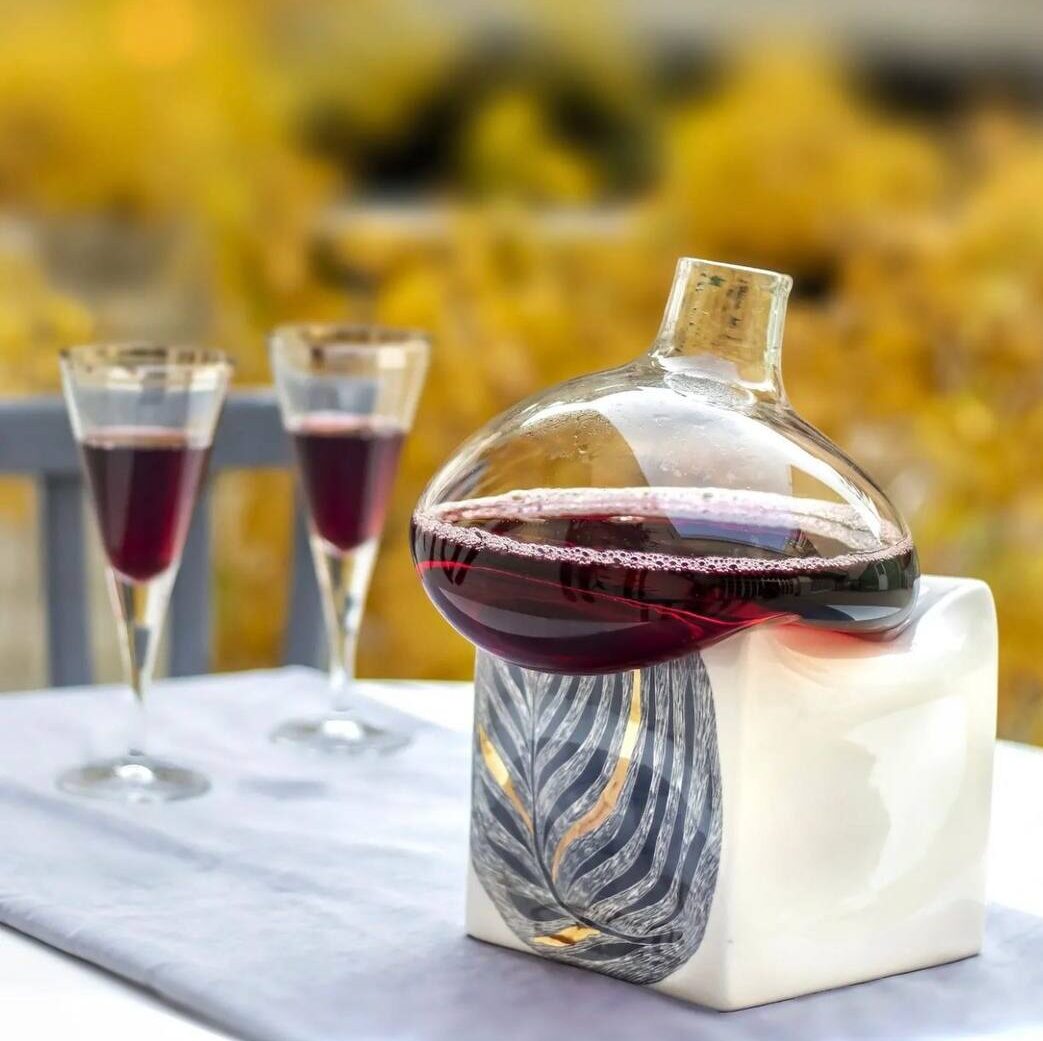

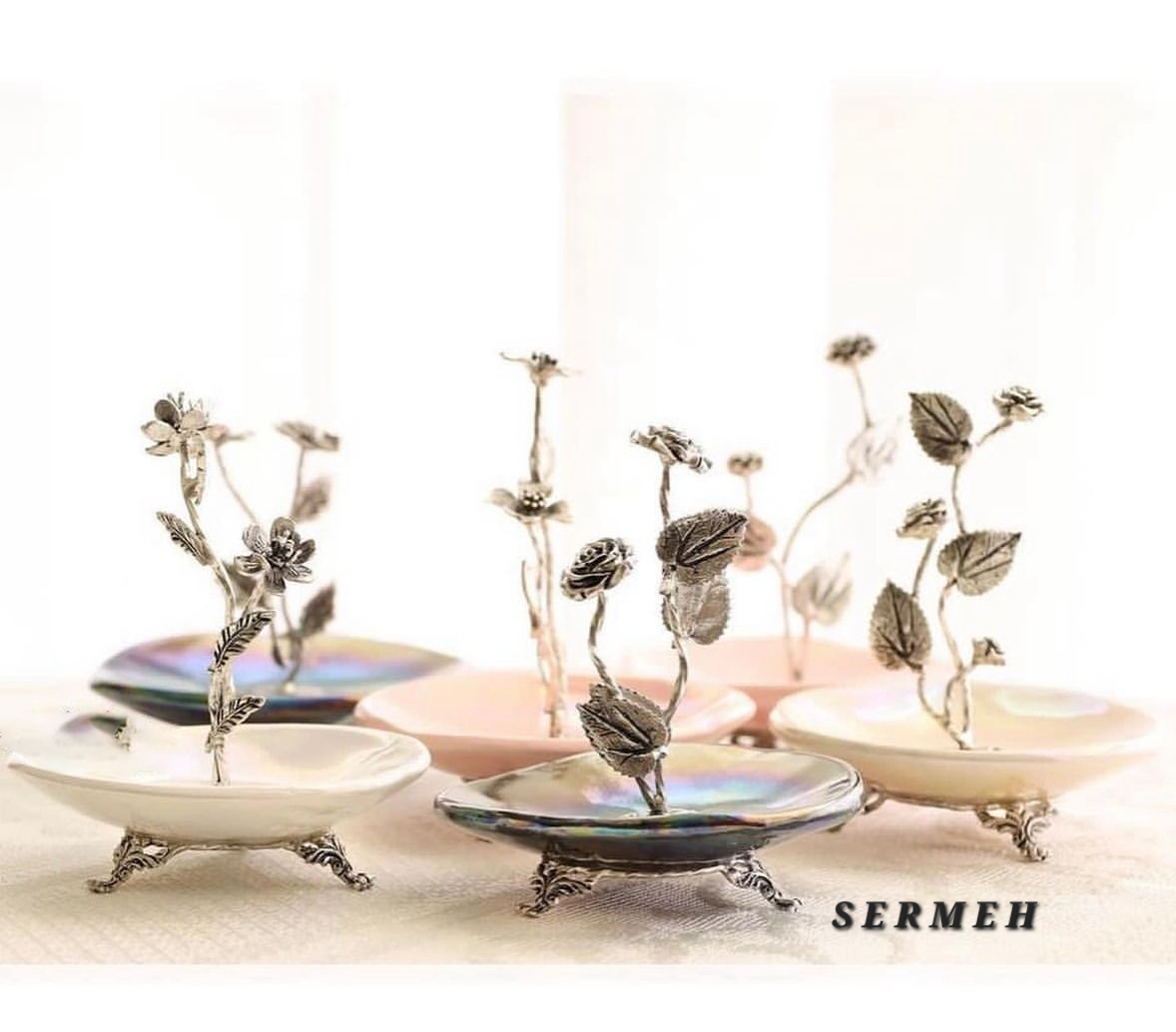
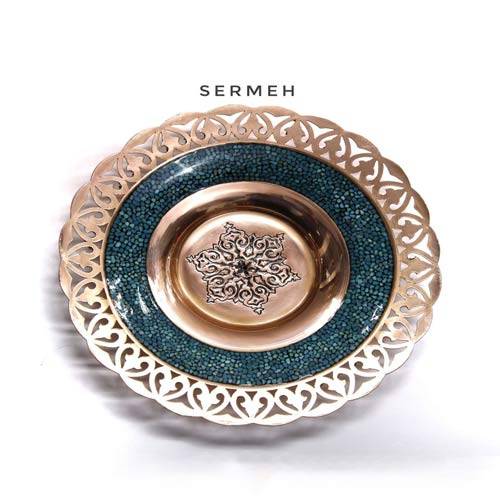

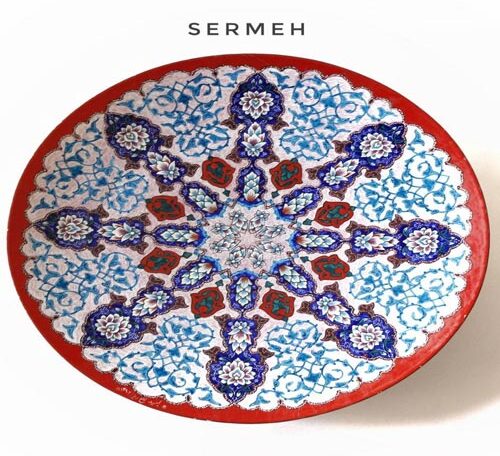
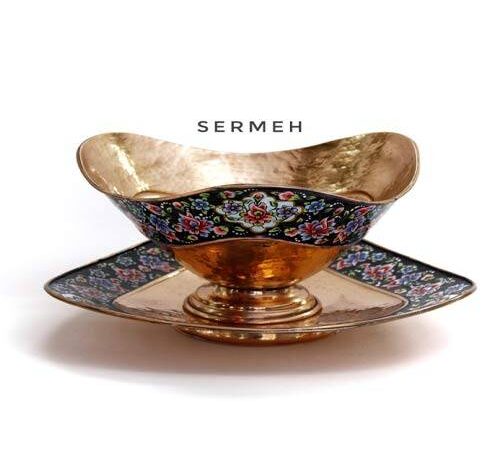
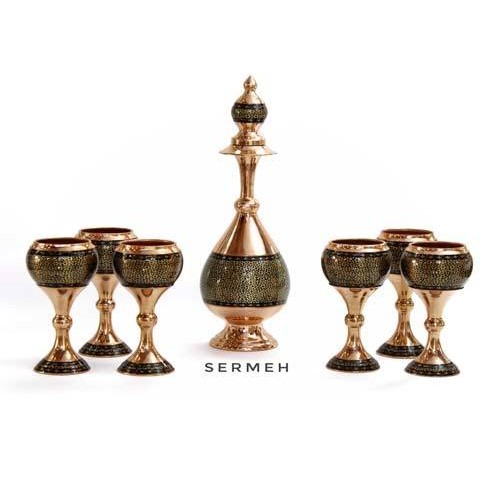
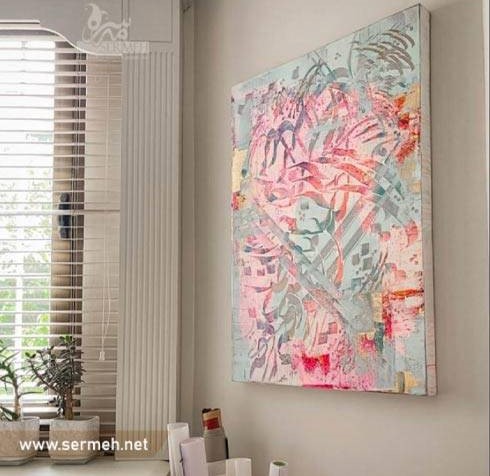
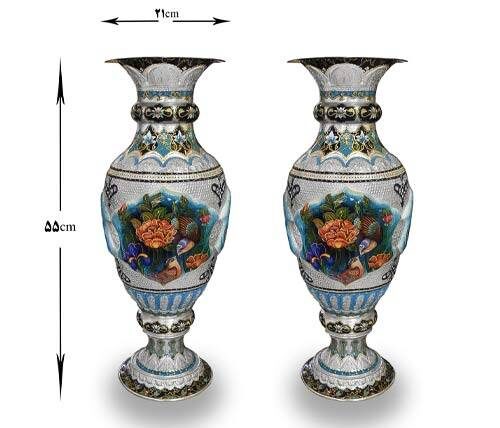
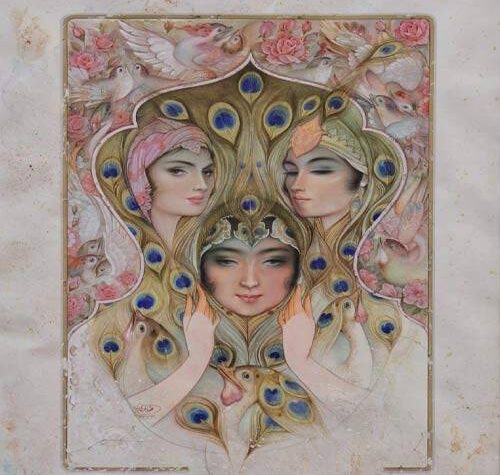
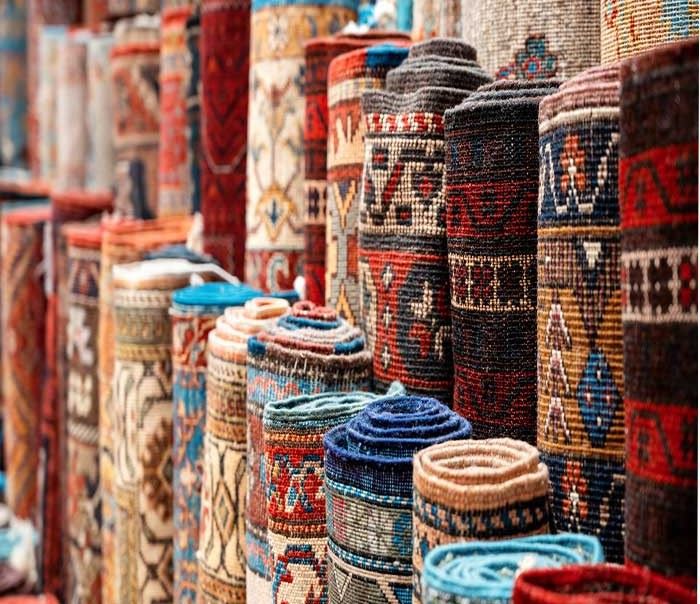
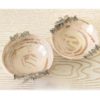
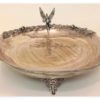
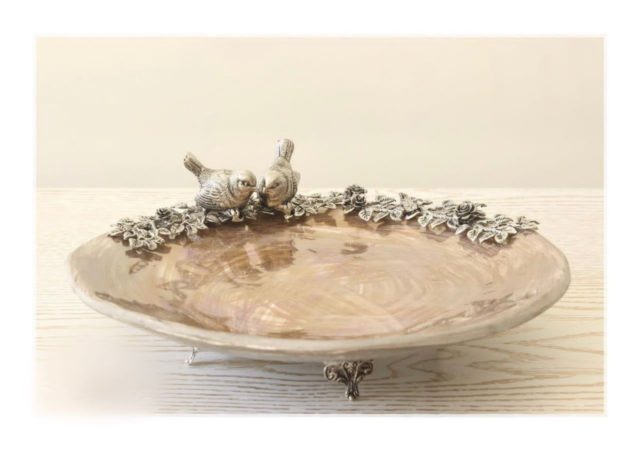
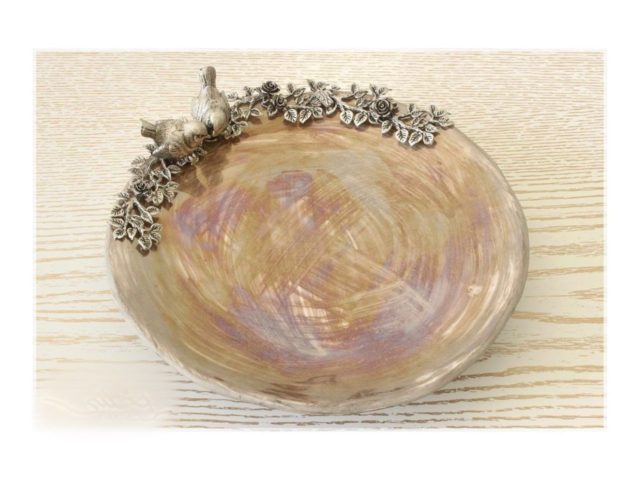
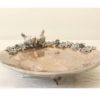
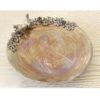

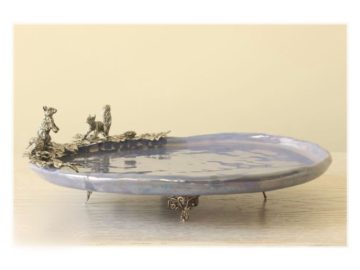
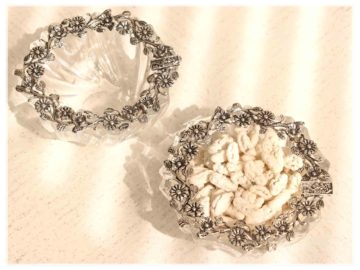
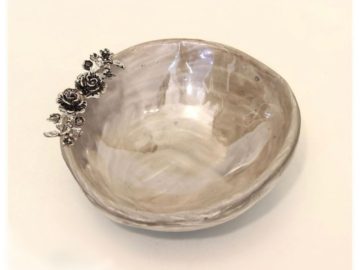
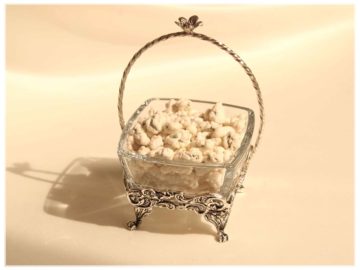
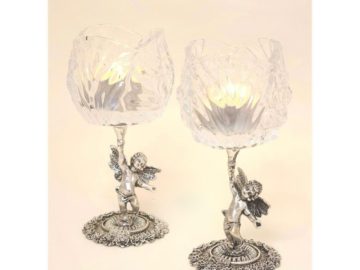

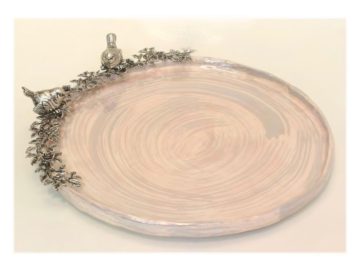
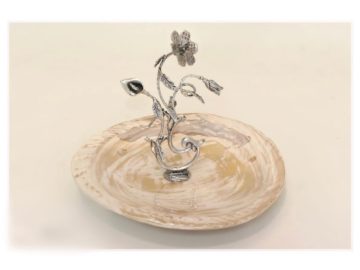
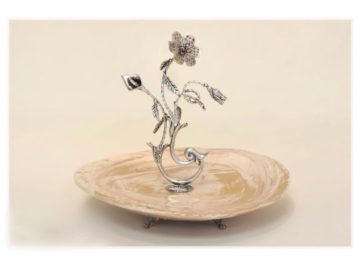
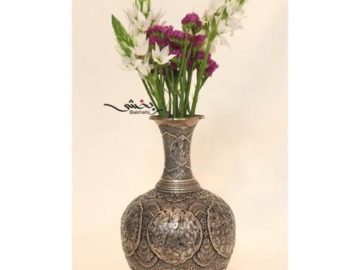
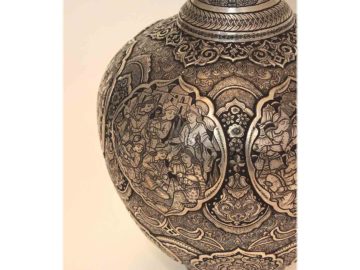
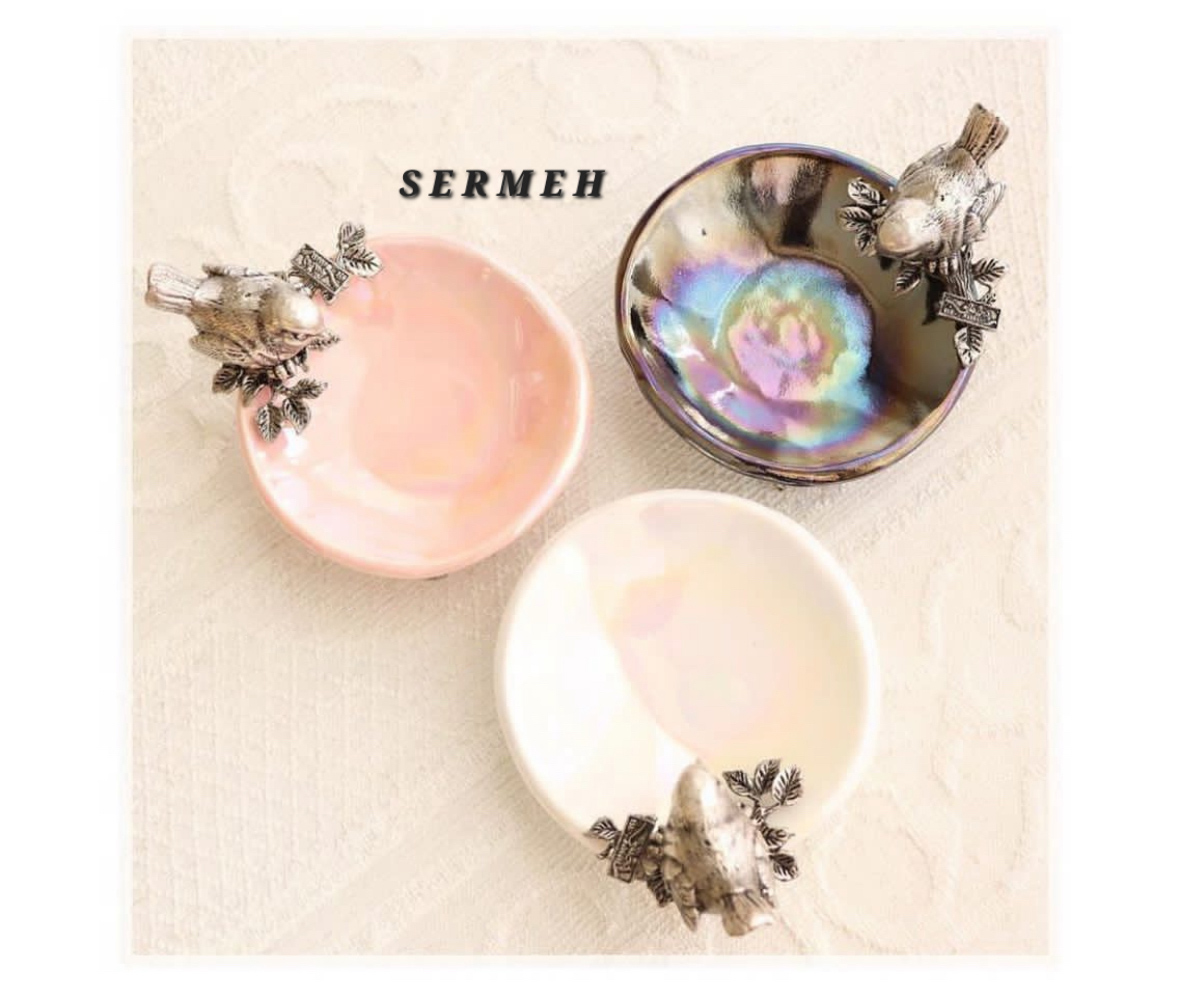
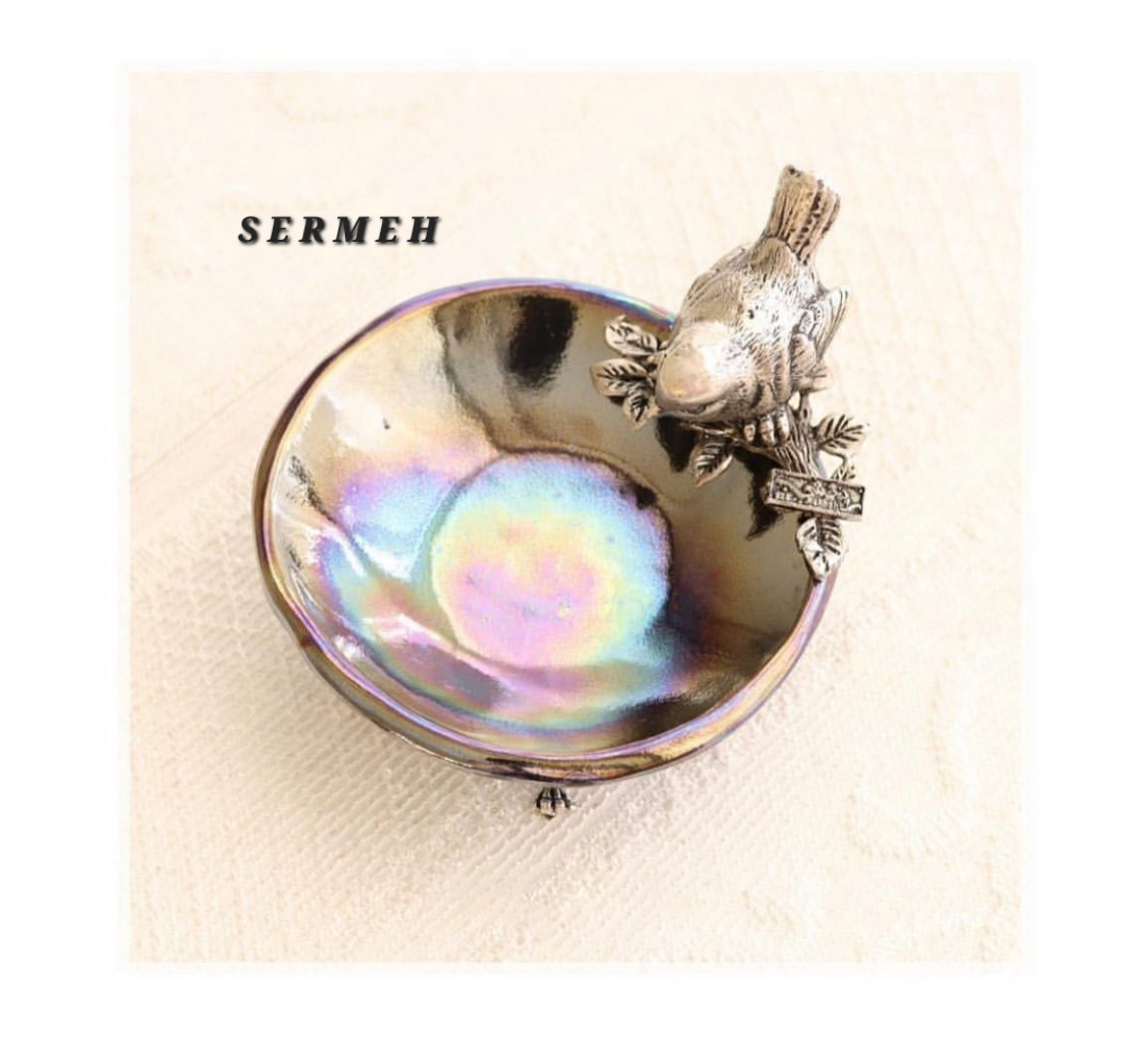
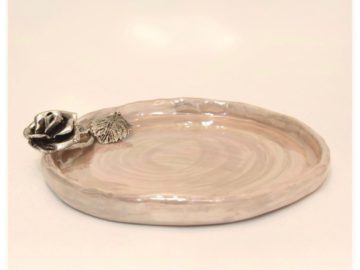
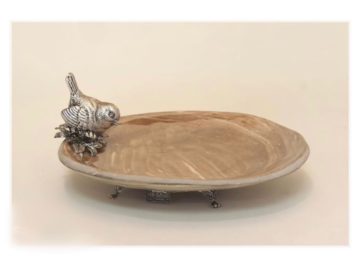
Reviews
There are no reviews yet.